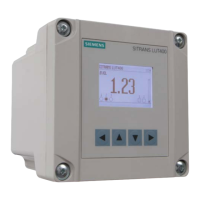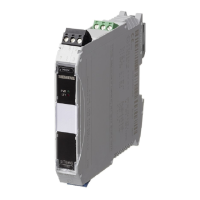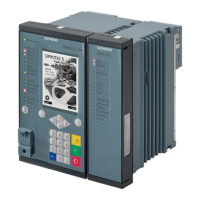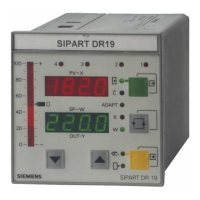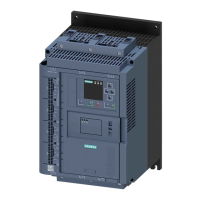Page 76 SITRANS LUT400 (HART) – OPERATING INSTRUCTIONS A5E33329501
mmmmm
General Operation
Alarms
Set the common parameters
Prerequisite: You must know the details of your application and substitute the values for
the sample values provided. If you are bench testing the device, then set your test values
to be the same as the sample values.
Level
The level alarm is the most common. Use this alarm to warn you when your process is in
danger of being upset due to high or low levels.
High level and low level alarms can be set to activate when the material level rises above
or falls below a set level. (See
2.8.1. High Level Alarm
,
2.8.2. Low Level Alarm
.)
Example: Setting a High Level Alarm
To assign Relay 3 to a high level alarm that activates when the level rises above 10 m:
1. Enable the High Level Alarm (set
2.8.1.1. Enable
= Enabled)
2. Set
2.8.1.2. High Level Value ON
= 10 m
Parameter Sample Value
2.1.2. Sensor Mode
(for Level)
or
2.1.3. Sensor Mode
(for Flow)
LEVEL
FLOW
Response Rate
MEDIUM
2.1.6. Transducer
XPS-10
2.1.1. Units
(for Level Alarms)
2.15.3.7. Flowrate Units
(for Flowrate Alarms)
M
L/S
2.2.1. Low Calibration Point
1.8
2.2.2. High Calibration Point
0.4
Note: When configuring alarms, more than one alarm can be assigned to the
same relay.
High Cal. Point
Low Cal. Point
Low Level Value
High Level
Value
material level
reading
1.8 m
0.4 m
sensor
reference point
level
